David A Landgrebe047142028X, 9780471420286, 9780471721253
Table of contents :
Cover……Page 1
Series……Page 2
Title page……Page 3
Date-line……Page 4
Contents……Page 5
Preface……Page 9
Part I. Introduction……Page 13
1.1. The beginning of space age remote sensing……Page 15
1.2. The fundamental basis for remote sensing……Page 18
1.3. The systems view and its interdisciplinary nature……Page 19
1.4. The EM spectrum and how information is conveyed……Page 21
1.5. The multispectral concept and data representations……Page 26
1.6. Data analysis and partitioning feature space……Page 32
1.7. The significance of second-order variations……Page 34
1.8. Summary……Page 39
Part II. The basics for conventional multispectral data……Page 41
2.0. Introduction……Page 43
2.1. Radiation terminology and units……Page 45
2.2. Planck’s law and black body radiation……Page 47
2.3. Solar radiation……Page 48
2.4. Atmospheric effects……Page 52
2.5. Sensor optics……Page 62
2.6. Describing surface reflectance……Page 66
2.7. Radiation detectors……Page 70
2.8. Sorting radiation by wavelength……Page 76
2.9. Multispectral sensor systems……Page 78
2.10. The development of multispectral sensor systems……Page 91
2.11. Summary……Page 101
3.1. The synoptic view and the volume of data……Page 103
3.2. What is a pattern?……Page 105
3.3. Discriminant functions……Page 112
3.4. Training the classifier: an iterative approach……Page 113
3.5. Training the classifier: the statistical approach……Page 115
3.7. The gaussian case……Page 127
3.8. Other types of classifiers……Page 130
3.9. Thresholding……Page 140
3.10. On the characteristics, value, and validity of the gaussian assumption……Page 141
3.11. The Hughes effect……Page 144
3.12. Summary to this point……Page 154
3.13. Evaluating the classifier: probability of error……Page 155
3.14. Clustering: unsupervised analysis……Page 175
3.15. The nature of multispectral data in feature space……Page 183
3.16. Analyzing data: putting the pieces together……Page 186
3.17. An example analysis……Page 194
Part III. Additional details……Page 205
4.1. Classifier training fundamentals……Page 207
4.2. The statistics enhancement concept……Page 210
4.3. The statistics enhancement implementation……Page 212
4.4. Illustrations of the effect of statistics enhancement……Page 214
4.5. Robust statistics enhancement……Page 222
4.6. Illustrative examples of robust expectation maximation……Page 223
4.7. Some additional comments……Page 231
4.8. A small sample covariance estimation scheme……Page 232
4.9. Results for some examples……Page 241
5.1. Introduction……Page 249
5.2. A visualization tool……Page 251
5.3. Accuracy vs. statistics order……Page 254
5.4. High-dimensional spaces: a closer look……Page 257
5.5. Asymptotical first and second order statistics properties……Page 275
5.6. High-dimensional implications for supervised classification……Page 282
6.1. Introduction……Page 285
6.2. Ad hoc and deterministic methods……Page 286
6.3. Feature selection……Page 290
6.4. Principal components / Karhunen-Loeve……Page 293
6.5. Discriminant analysis feature extraction (DAFE)……Page 299
6.6. Decision boundary feature extraction (DBFE)……Page 301
6.7. Nonparametric weighted feature extraction (NWFE)……Page 322
6.8. Projection pursuit……Page 326
7.1. A paradigm for multispectral and hyperspectral data analysis……Page 335
7.2. Example 1. A moderate dimension example……Page 340
7.3. A hyperspectral example exploring limits and limitations……Page 346
7.4. A hyperspectral example of geologic interest……Page 359
7.5. Hyperspectral analysis of urban data……Page 372
7.6. Analyst dependence and other analysis factors……Page 375
7.7. Summary and directions……Page 381
7.8. Hierarchical decision tree classifiers……Page 384
8.2. Use of texture measures……Page 393
8.3. Further evaluations of texture measures……Page 400
8.5. The sample classifier concept……Page 405
8.6. The per field classifier……Page 408
8.7. Finding the boundaries fields……Page 410
8.8. The design of the echo classifier……Page 416
8.9. Sample classification……Page 419
8.10. Test of the algorithm……Page 425
9.1. Introduction……Page 431
9.2. Example: the effects of noise……Page 432
9.3. A noise model……Page 436
9.4. A further example of noise effects……Page 441
9.5. A signal and noise simulator……Page 444
10.1. Introduction……Page 455
10.2. Radiometric preprocessing……Page 456
10.3. Geometric preprocessing……Page 466
10.4. Goniometric effects……Page 478
Appendix. An outline of probability theory……Page 485
Exercises……Page 495
Index……Page 515
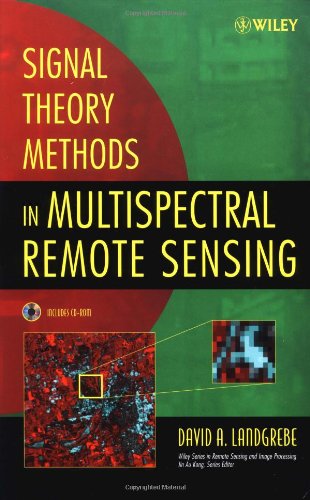
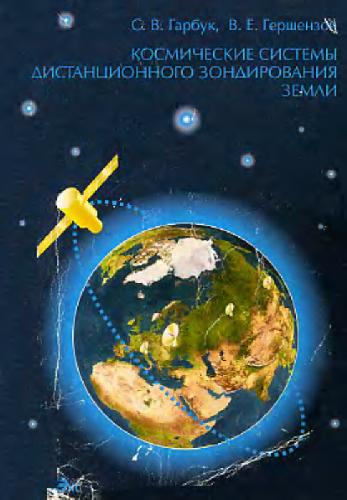

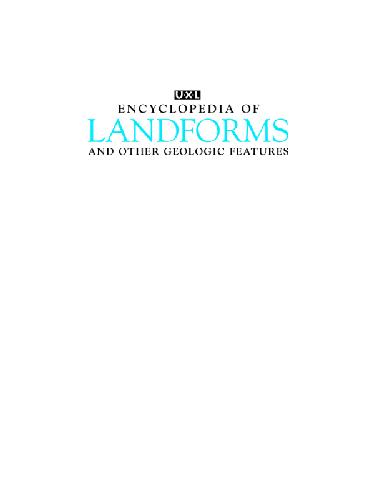

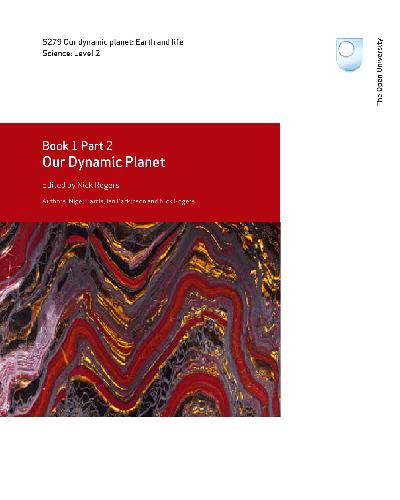
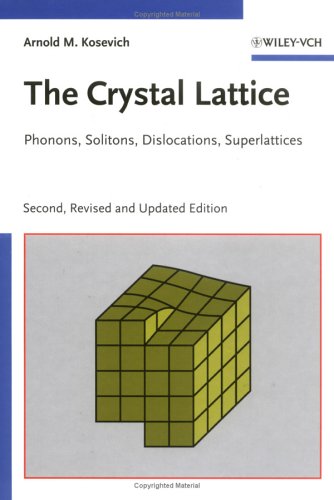
Reviews
There are no reviews yet.